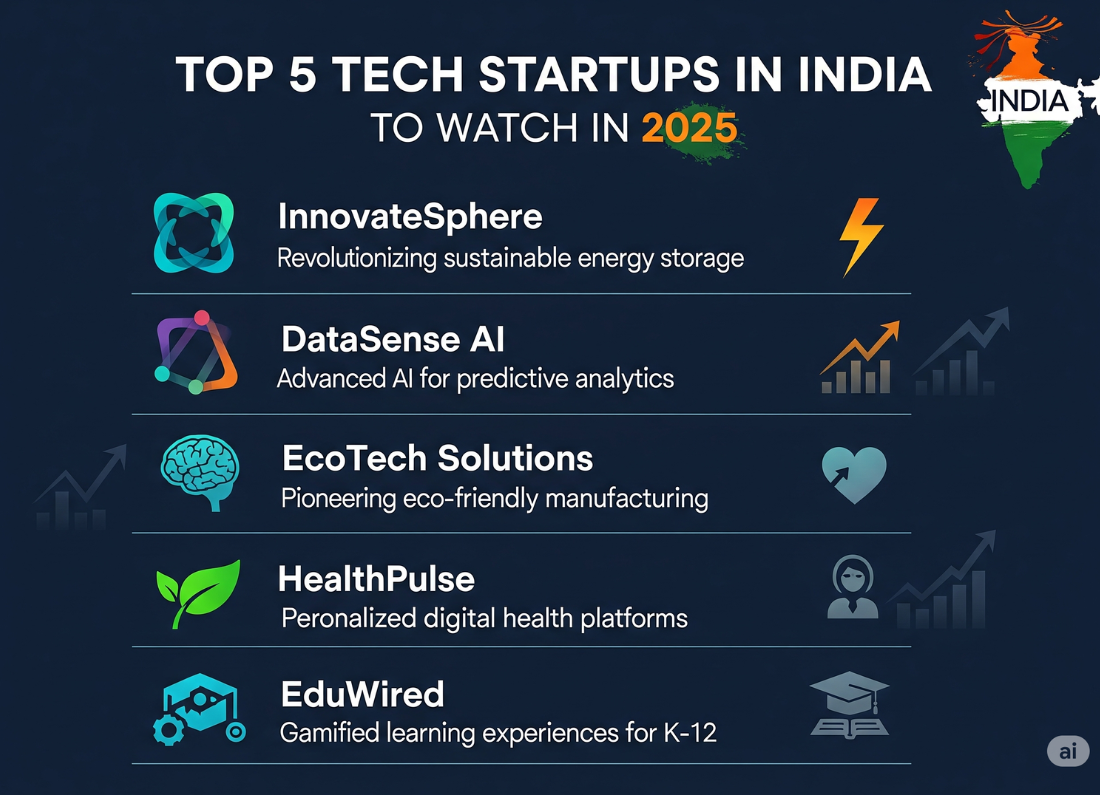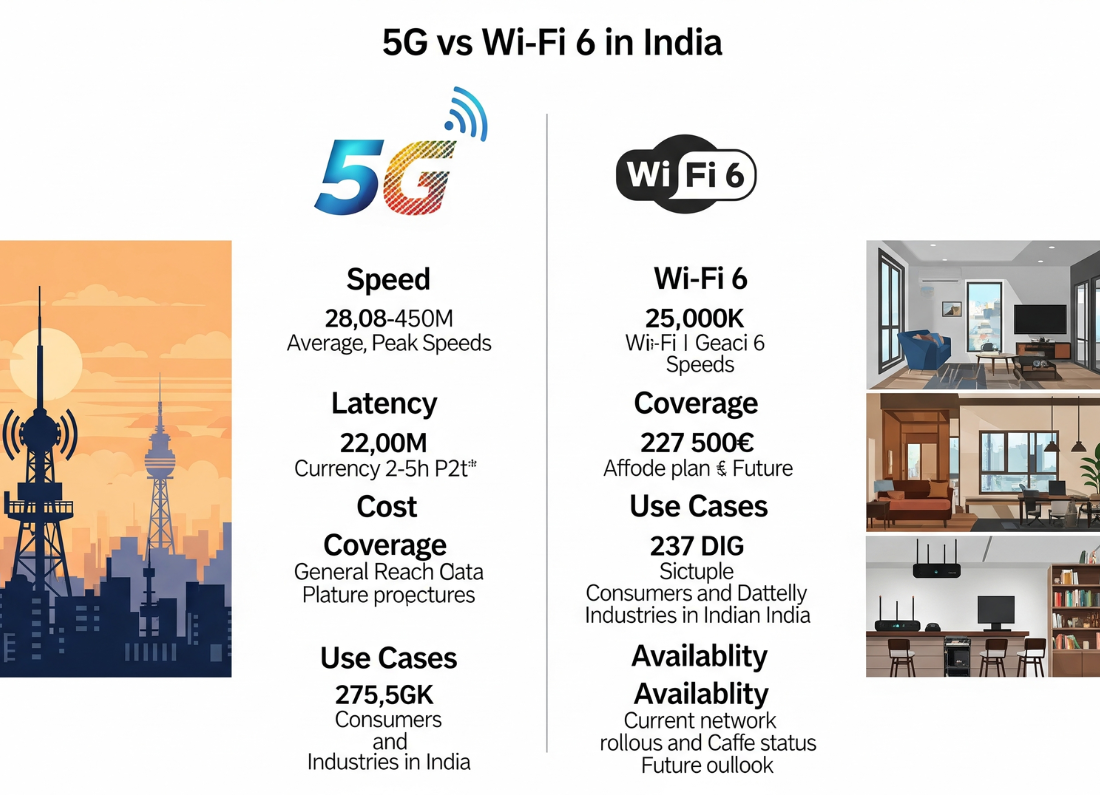Cloud computing is no longer just a buzzword. In 2025, it’s the backbone of digital transformation across industries. From startups to Fortune 500 companies, businesses of all sizes are leveraging cloud technology to boost agility, improve efficiency, and scale faster than ever before.
In this article, we’ll explore how cloud computing contributes to business growth, the key benefits it brings, and examples of how it’s transforming operations in real time.
☁️ What Is Cloud Computing?
At its core, cloud computing means storing and accessing data and applications over the internet instead of relying on local servers or personal devices.
The three main types of cloud computing models are:
- IaaS (Infrastructure as a Service) – Provides virtualized computing resources (e.g., Amazon Web Services, Microsoft Azure)
- PaaS (Platform as a Service) – Offers a development environment without managing infrastructure (e.g., Google App Engine)
- SaaS (Software as a Service) – Software delivered over the internet (e.g., Salesforce, Microsoft 365)
📈 Why Cloud Computing Drives Business Growth
1. Scalability and Flexibility
Cloud platforms allow businesses to scale resources up or down instantly based on demand. This is especially helpful for:
- E-commerce sites during sales
- Fintechs handling transaction spikes
- Startups with unpredictable traffic
Example: An Indian edtech platform like BYJU’S uses AWS cloud to handle massive traffic during exam seasons.
2. Cost Efficiency
Cloud eliminates the need for upfront infrastructure investment. Businesses pay only for what they use—saving money on hardware, maintenance, and energy costs.
Stat: According to IDC, businesses that migrate to cloud infrastructure save up to 30% in IT costs annually.
3. Faster Time-to-Market
With cloud, businesses can deploy apps, websites, and services much faster. Developers can test and launch products in days, not months.
Example: Indian startups like Razorpay use cloud services to roll out new payment solutions quickly and securely.
4. Improved Collaboration
Cloud enables seamless collaboration across teams, geographies, and time zones. Tools like Google Workspace and Microsoft Teams are powered by the cloud.
Result: Teams can access shared files, communicate in real time, and co-edit documents from any device.
5. Enhanced Data Security
Contrary to early concerns, cloud providers today offer enterprise-grade security:
- End-to-end encryption
- Multi-factor authentication
- Regular security audits
Providers like AWS, Azure, and Google Cloud have dedicated cybersecurity experts safeguarding user data 24/7.
6. Disaster Recovery and Business Continuity
Cloud services offer automated backups, geo-replication, and fast disaster recovery, ensuring business continuity even during server outages or cyberattacks.
Example: A Mumbai-based logistics firm used Google Cloud’s backup solutions to recover their ERP system within hours after a cyber incident.
7. Access to Emerging Technologies
Cloud platforms give businesses access to tools like:
- AI and machine learning
- Data analytics
- IoT infrastructure
- Blockchain
This helps companies experiment and innovate without the need for deep technical expertise or massive capital investment.
🧠 Real-World Applications of Cloud Computing in India
| Industry | Cloud Use Case Example |
|---|---|
| Healthcare | Telemedicine platforms powered by cloud-based video and EMRs |
| Retail | Online stores using cloud-based inventory and checkout |
| Education | Virtual classrooms with cloud-hosted LMS (Learning Management Systems) |
| BFSI | Fintech startups using cloud to scale digital banking apps |
| Manufacturing | Cloud-based ERP and IoT-enabled smart factories |
🔄 Cloud Computing and Digital India
India’s Digital India mission heavily relies on cloud adoption. The government’s push for public cloud infrastructure is creating new opportunities in education, healthcare, and public services.
- MeitY’s MeghRaj project aims to deliver cloud services to government departments
- Startups under Startup India are encouraged to go cloud-native from day one
📊 Cloud Computing Growth Stats (2025)
- India’s public cloud market expected to reach $13 billion by 2026
- Over 60% of Indian SMBs are now on the cloud
- Cloud-related jobs in India projected to grow by 25% YoY
🚀 Future Trends in Cloud Computing
- Hybrid Cloud Adoption
Businesses are combining private and public cloud for better flexibility. - Edge Computing Integration
Cloud providers are expanding into edge infrastructure to reduce latency. - AI-as-a-Service
Prebuilt ML tools in cloud platforms make AI accessible to non-tech firms. - Sovereign Cloud
Indian companies are adopting region-specific cloud to meet data localization laws.
✅ Final Thoughts
Cloud computing is no longer optional—it’s essential. For businesses looking to grow fast, innovate affordably, and serve customers better, the cloud is a game-changer. As more Indian companies migrate to cloud-first operations, those that embrace it early will gain a strong competitive edge.
Whether you’re a tech startup, an e-commerce business, or a traditional company undergoing digital transformation—cloud computing is your ticket to sustainable growth in 2025 and beyond.















Leave a Reply